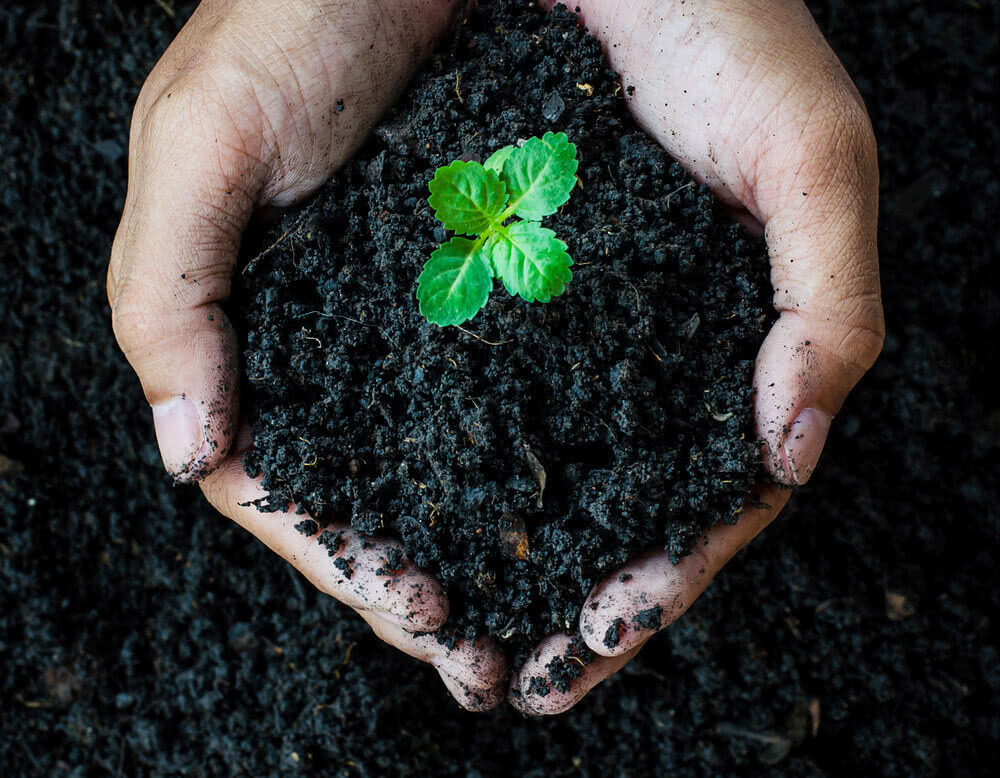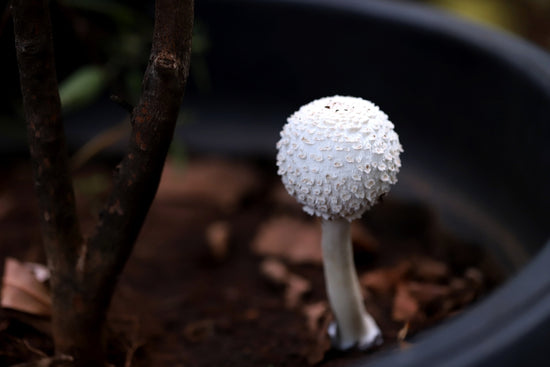If you wish to have a healthy organic garden, you need to take the following conditions into account:
- Climate
- Temperature
- Water
- Light
- Air
- Garden’s Microclimate

1. Climate:
Climate determines a variety of things like the plant's location, maturity, the length of exposure to sunlight and the intensity of the kind of weather. It has a dramatic effect on the plant growth and development, especially when extreme conditions prevail.
2. Temperature:
Plant species have their threshold towards weather tolerance. Beyond a certain limit, the life processes of plant cease. The maximum temperature that the plants can tolerate is around 35°C, while the minimum is variable. Both air and soil temperatures are crucial in influencing dormancy within plants, and this dictates the length of the growing season. The degree of energy received from the sun determines air temperature. Plants that cannot tolerate direct sunlight would flourish in a sheltered site.
Soil temperature largely influences a plant's root development and the absorption of water and nutrients. When compared to clay soils, sandy soils warm up quickly, because they are free draining and do not hold water for long. Sites that receive a lot of sun, or are slightly inclined warm up faster than shady ones.
3. Water:
This is the most imperative and a major constituent of all plants. A steady supply of water is crucial for the plant to sustain and grow optimally. Water held in the air and is referred to as humidity. The amount of water vapor in the atmosphere is referred to as the relative humidity and is measured in percentage of the saturation point.
Relative humidity is higher in the areas that receive heavy rainfall. Ferns and mosses thrive in such conditions. But high relative humidity can result in undesirable effects on plants, and encourage disease infestation.
Waterlogging might happen in a poorly drained soil with lousy structure. Plants that are not adapted to these conditions will suffer and wither away through asphyxiation. Read about 20 essential tips on watering houseplants.
4. Sunlight Levels:
Sunlight enables photosynthesis. Thus, it is vital to new growth as well as sustaining the existing plants. Seasonal changes in sunlight levels may trigger different stages in the plant’s development. Read about how light affects the growth of a plant.

5. Air Circulation:
Moderate winds can increase a plant’s transpiration rate. Proper air circulation provides relief from the extreme heat and cools down the foliage. It changes the air around the plant and helps to alleviate an inert atmosphere.
Assessing the climatic condition: You could determine the climatic conditions by referring to the weather forecasts to get a clear picture of the average rainfall, frosty days, wind direction, and monthly temperatures.
6. A Typical Garden and its Micro-climates:
Garden big or small can contain a wide variety of micro-climates, that range from cool, shady corners to hot, dry areas. An assessment of the growing conditions that prevail in the garden allows selecting the right plants for the right place.
Conditions that determine micro-climate are:
- Brick wall
- Grass
- Dark and wet area
- Shrubs
- Dry stone wall
- Cool, damp and dark area
Shadow projections from buildings, walls, hedges and towering trees, may create a range of dense shadow areas where only a particular species of plants could be grown. Some areas that receive a significant amount of sunlight would need plants that are tolerant to prolonged exposure to the sun.
Low lying areas in the garden might be damp and would need proper drainage facility for plants to thrive. Be extra cautious during the rainy season and take adequate measures to prevent soil erosion.
7. Soil type and pH:
Soil type and pH play a pivotal role in the ability of a site to support particular plant species. The relative acidity or alkalinity can affect the availability of specific essential nutrients, leading to either shortage or toxicity in plants not ideally suited to the pH of the soil. Choose plants that thrive in the particular pH. Not often the attempts to alter the pH by acidifying or adding lime are satisfactory and neither long-term. Plan your plants according to the conditions. Make notes on the range of species.

Lastly, remember that the garden’s shape and aspect of the land, i.e., garden topography too has a significant effect on the garden.










